Paul Gartside’s 16′ Gaff Sloop, his Design No. 218, has its roots in SJOGIN, a 22′ traditional double-ended Scandinavian workboat built in the late ’50s. Paul designed a modified version of it, his Koster Boat, Design No. 176, and later developed three smaller versions. The last of them, Design No. 218, is the Gaff Sloop, a 16-footer with a transom stern. When Jonathan Sheldon of Hereford, England, enrolled at the Boat Building Academy (BBA) in Lyme Regis, he decided that this design fulfilled all his criteria for a new boat. He wanted a trailerable, stable, traditional-looking boat that he could sail, row, or motor either singlehanded or with a sizable crew. The removable floorboards are finished bright and bordered by fixed perimeter boards, here painted white.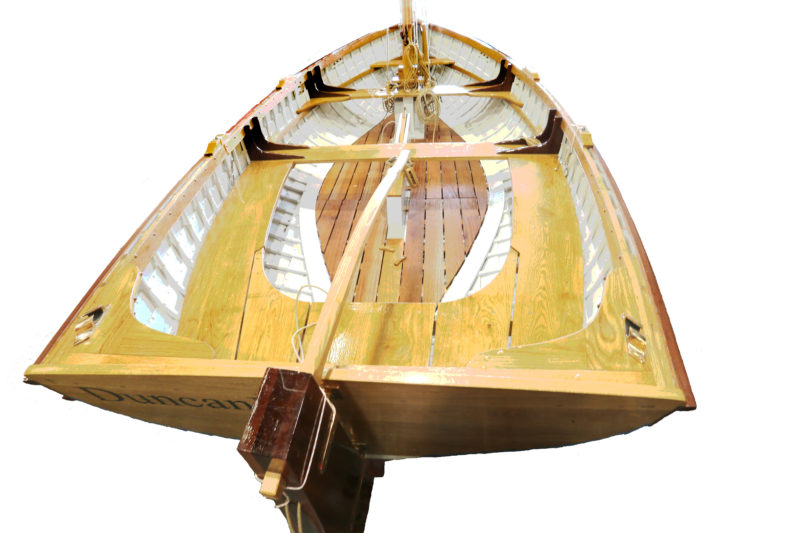 Photographs by the author
Photographs by the author
Join The Conversation
We welcome your comments about this article. If you’d like to include a photo or a video with your comment, please email the file or link.

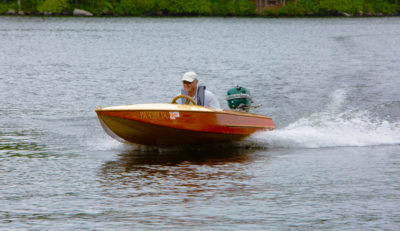
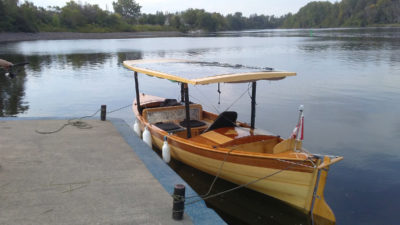
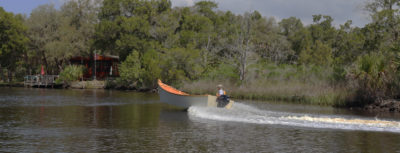
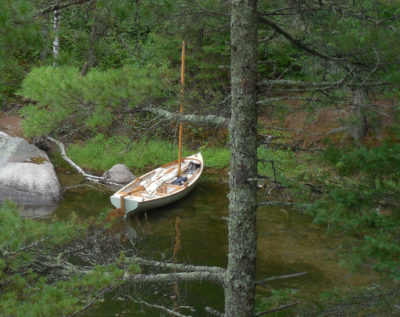
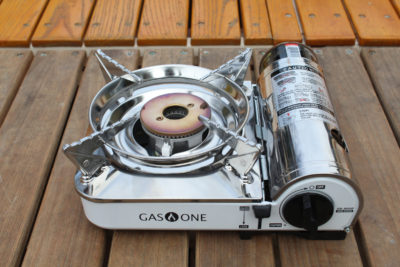
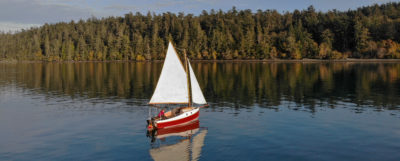

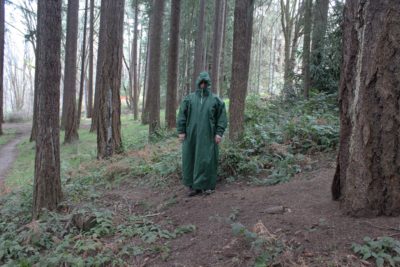
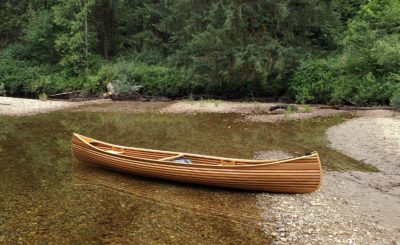

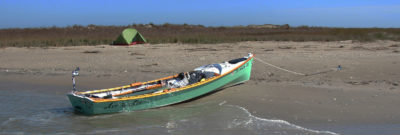
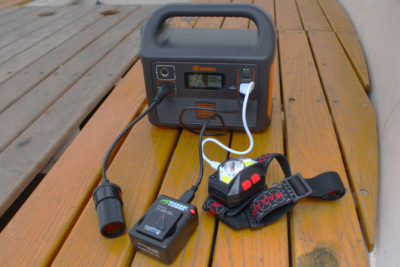

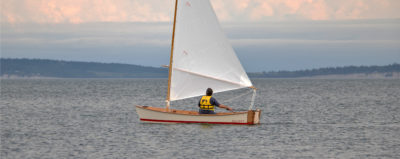
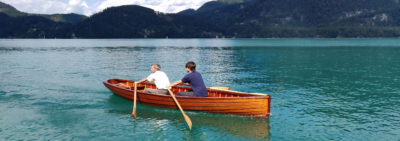
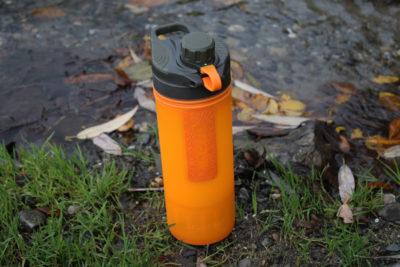
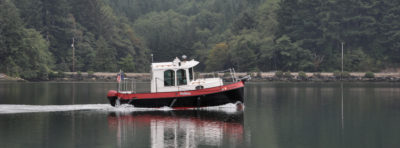
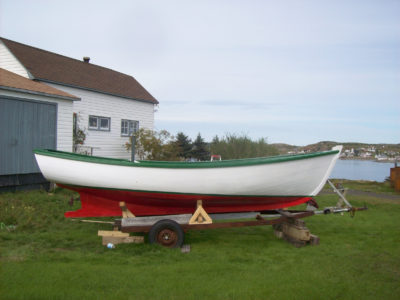
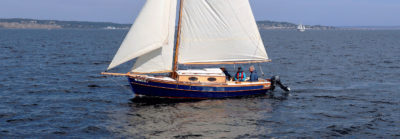


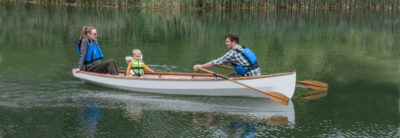
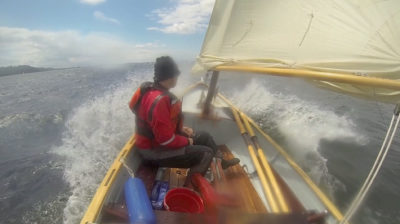
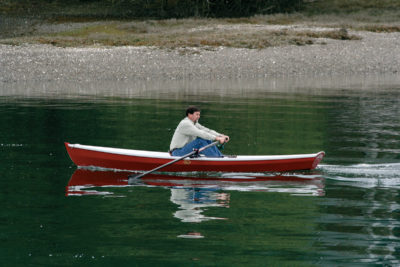
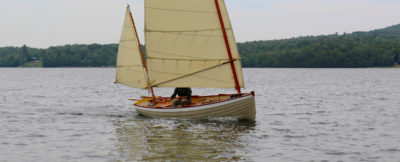
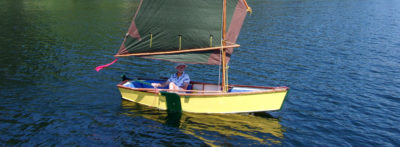
It very much reminds me of my John Leather Oyster. Similar size and sailing characteristics. It has taken care of me in good weather and bad, along with being a highly popular boat to sail with our friends.